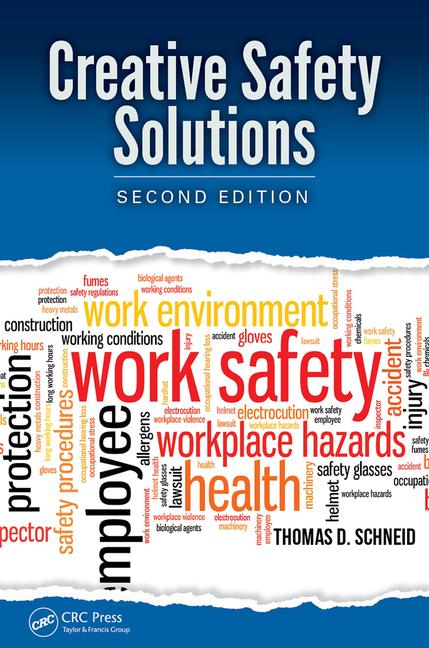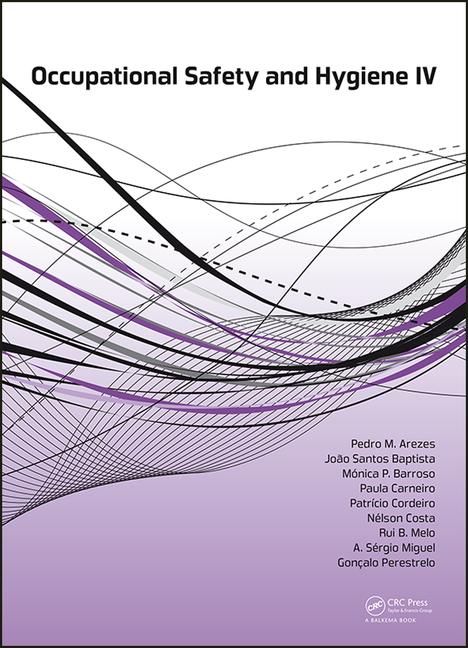PPE training - Get creative

A requirement to train employees on the proper use of PPE seems comical to many safety trainers. How hard could it possibly be for someone to put on a pair of safety goggles?
Yet OSHA’s Personal Protective Equipment Standard (29 CFR 1910.132) states that employers must train each employee who is required to wear PPE and this training must include how to “properly don, doff, adjust and wear PPE.�
But most people already know how to put on and take off basic PPE. So how can you teach this material and not put employees to sleep in the process? Here are some ideas to make eye, hearing, foot and hand PPE training interactive and fun.
Eye protection
One training class activity that can liven up discussion on the proper use of eye protection is to have several different types and styles of eye protection available (such as glasses and goggles) and several products commonly used in the workplace on display. If it is not possible to bring the product into the classroom, then a photo of the task or operation would work well. Put the class into teams and tell each team to decide which type of eyewear should be worn when working with each of the products or when performing each task. Give the teams a time limit and make a contest out of the exercise.At the end of the allotted time, review the results with the class as a whole and discuss what is and isn’t appropriate and why. During the discussion, have a volunteer put on each type of eyewear and the appropriate fit can be discussed.
Another quick way to review proper fit and inspection techniques is to have all attendees bring the eye protection they normally wear with them to the class. Pair up each attendee with another classmate and ask them to critique whether or not their partner’s eyewear fits properly and if the eye protection is in good shape. If there are scratches on the lenses or an arm is being held on with tape, the other person will notice it even if the wearer does not bring it up. An objective observer can also tell if someone’s glasses are too big and falling off their nose.
Hearing protection
Properly wearing hearing protection, particularly earplugs, is a little more challenging than putting on eye protection. Most earplugs need to be compressed before being inserted and they must be inserted far enough into the ear canal to adequately block out the noise they are protecting against. If the ear protection you purchase comes with instructions for use, the instructions should be communicated to the employees during the training.Employees who attend hearing protection training should bring their own hearing protection if they use non-disposable types, or the trainer should have a supply of disposable earplugs available. Demonstrate the proper technique for inserting the earplugs and have each attendee insert their own earplugs.
Try bringing a noise source you can control — such as a radio — and a sound level meter into the training room. Start off with the music at an average background level (say about 50 dB) and ask participants to raise their hands if they can hear it. Continue to increase the levels and ask the same question until you reach the approximate noise level they experience in the workplace. If they can clearly hear the sound of the music, their ear protection is most likely not being worn properly.
Foot protection
Putting on and removing safety shoes seems like a no-brainer. Yet more than a few recordable injuries have occurred because someone wore safety shoes that were not right for their feet, and they either got blisters that became infected or the shoes otherwise caused an injury. Old or damaged safety shoes can also allow chemicals to come in contact with the feet or cause the wearer to trip.A shoe inspection is a fun way to involve trainees during foot protection training. Ask everyone in the class to take off their safety shoes and inspect the soles, the steel toes (both inside and out) and the laces. Have the group check for cracks and holes on all surfaces as well. If the shoe is damaged or otherwise fails inspection, new safety shoes should be ordered.
Hand protection
One of the most effective ways to demonstrate proper glove selection is to expose gloves made of different materials to different chemical products used in the workplace. You can make this exercise fairly detailed by setting up a variety of gloves in holders suspended over pans. Put a small quantity of the chemicals into the gloves and have the trainees return the following day to observe how different gloves held up against each chemical. Follow up with a class discussion on the importance of choosing the right glove for the job.To emphasize the proper removal of hand protection, simply spray shaving cream on the outside of the glove and ask the trainees to remove the glove without getting any shaving cream on their skin. Step up this exercise by using products sold for educating students on proper hand washing techniques. Put the specially treated lotion on the gloves to represent the chemical being protected against. Look at the gloves under a black light (there are small, portable, inexpensive black lights made for this purpose) and see exactly where the material is located. Then ask employees to remove the gloves using proper glove removal procedures. When they are done, look at their gloveless hands with the black light again to see if any material got on their hands.
If material is found on the bare hand, you can conduct another exercise to emphasize the importance of proper hand washing before eating, smoking or applying lip balm or makeup. Ask employees to wash their hands the best they can and then return for another black light inspection. This can be very telling and usually shows that most people miss the areas around their cuticles and wrists.
By adding relevant activities to your classes, you not only help your trainees who learn visually (by showing an activity), by hearing (by explaining your activity) and by doing, you also help increase retention of the material you are presenting.
Links
Looking for a reprint of this article?
From high-res PDFs to custom plaques, order your copy today!







